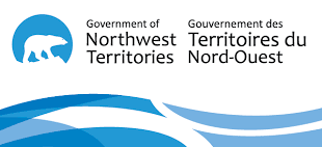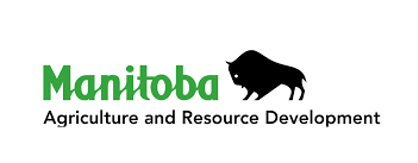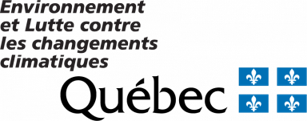Title: Hydraulic redistribution and hydrological controls on aspen transpiration and establishment in peatlands following wildfire
Citation: The data that support the findings of this study are available from the corresponding author upon reasonable request.
Study Site: URSA, Fort McMurray, Alberta
Purpose: In the sub-humid Western Boreal Plains of Alberta, where evapotranspiration often exceeds precipitation, trembling aspen (Populus tremuloides Michx.) uplands often depend on adjacent peatlands for water supply through hydraulic redistribution. Wildfire is common in the Boreal Plains, so the resilience of the transfer of water from peatlands to uplands through roots immediately following wildfire may have implications for aspen succession. The objective of this research was to characterize post-fire peatland-upland hydraulic connectivity and assess controls on aspen transpiration (as a measure of stress and productivity) among landscape topographic positions.
Abstract: Vegetation, transpiration, and vapour measurements for peatlands with wildfire burn history in URSA, Fort McMurray, Alberta, data collected from 2013 to 2014
Supplemental Information Summary:
Research:
Further Info: Depante, M., Morison, M.Q., Petrone, R.M., Devito, K.J., Kettridge, N., & Waddington, J.M. (2019). Hydraulic redistribution and hydrological controls on aspen transpiration and establishment in peatlands following wildfire. Hydrological Processes: https://doi.org/10.1002/hyp.13522
Status: Complete
Keywords:
soil carbon,
hydrology,
peat properties,
vegetation,
meteorology,
Wildfire,
Geographical coordinates: North: 56.10011961642731, South: 56.10011961642731 East: -116.53333349072224 West: -116.53333349072224
Bounding Temporal Extent: Start Date: 2013-01-01, End
Date: 2014-12-31













